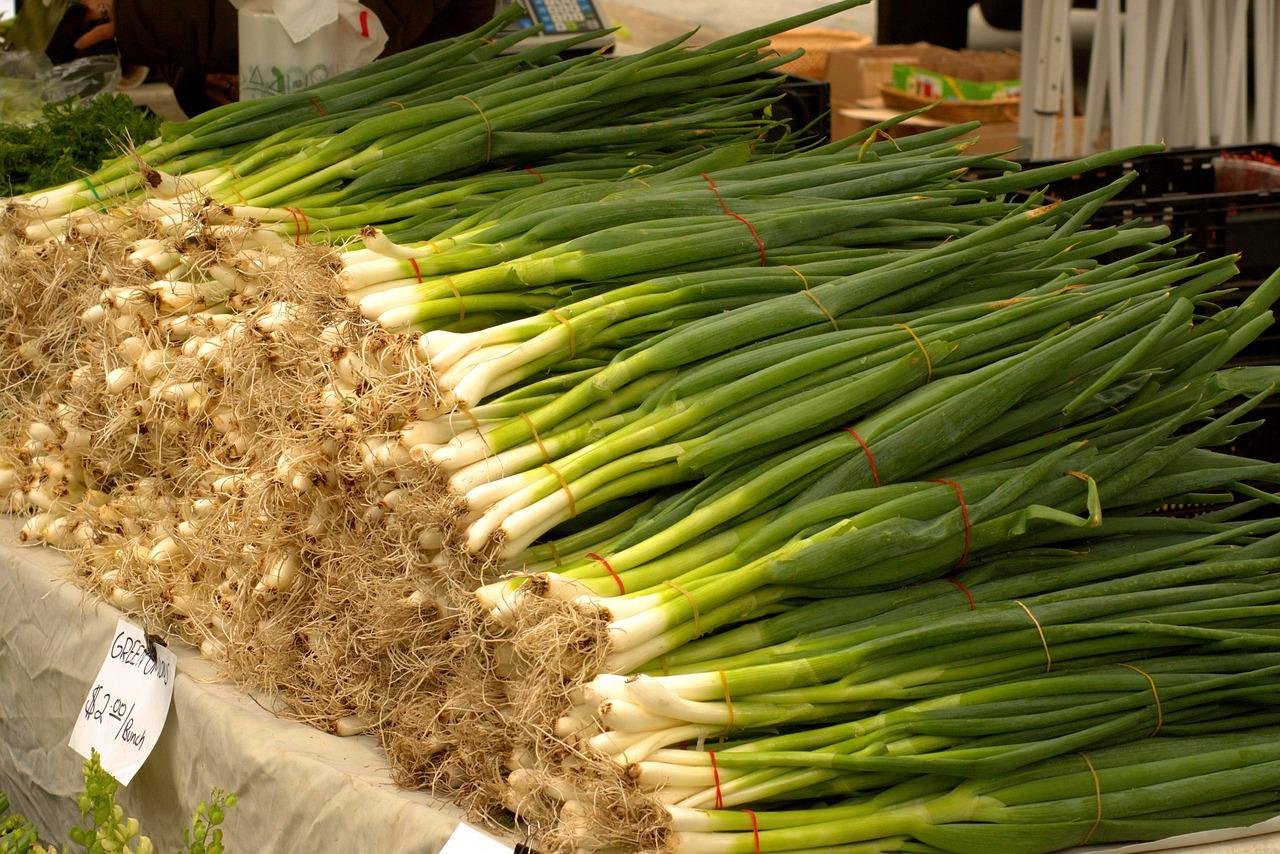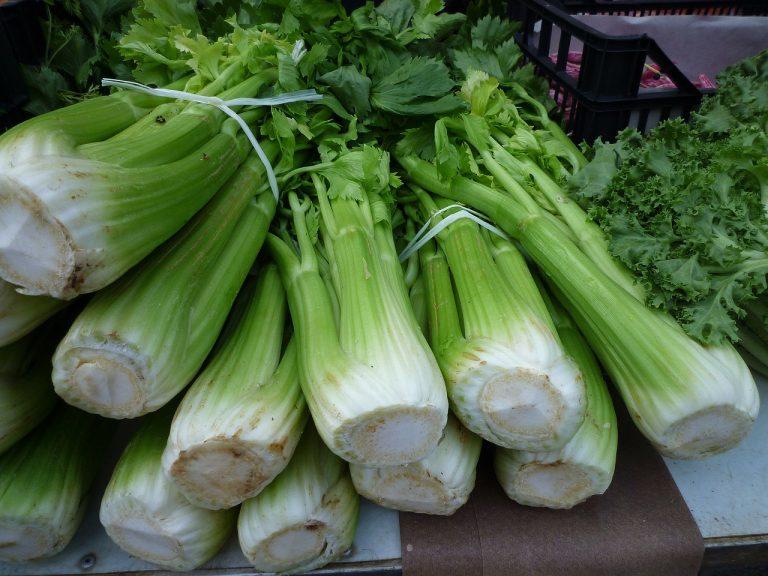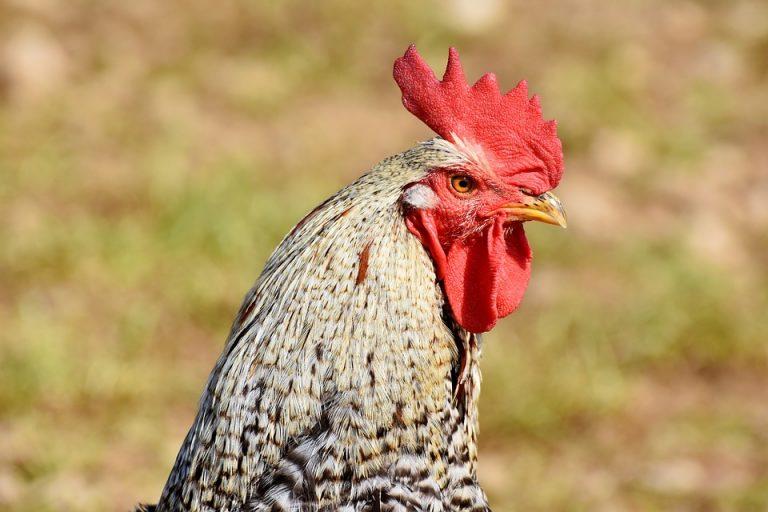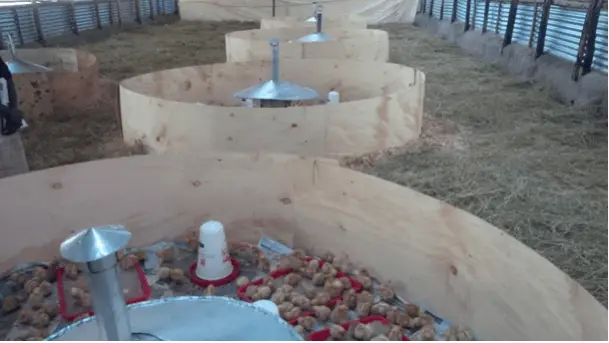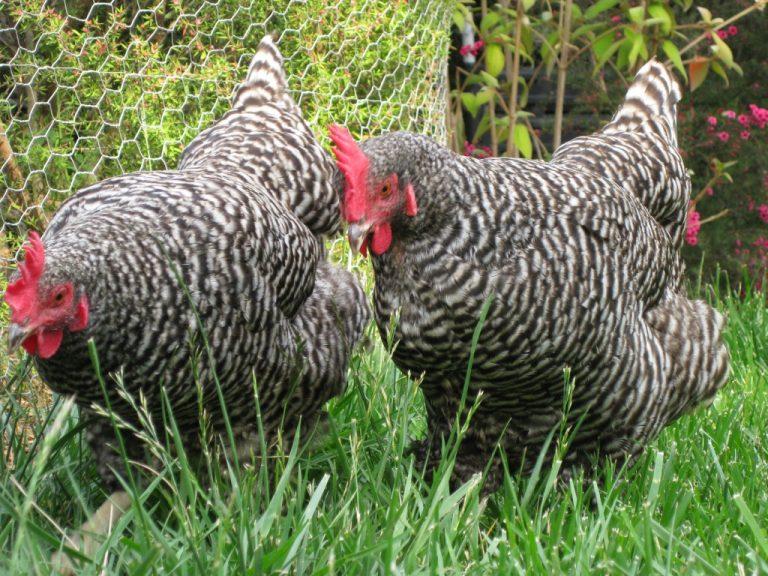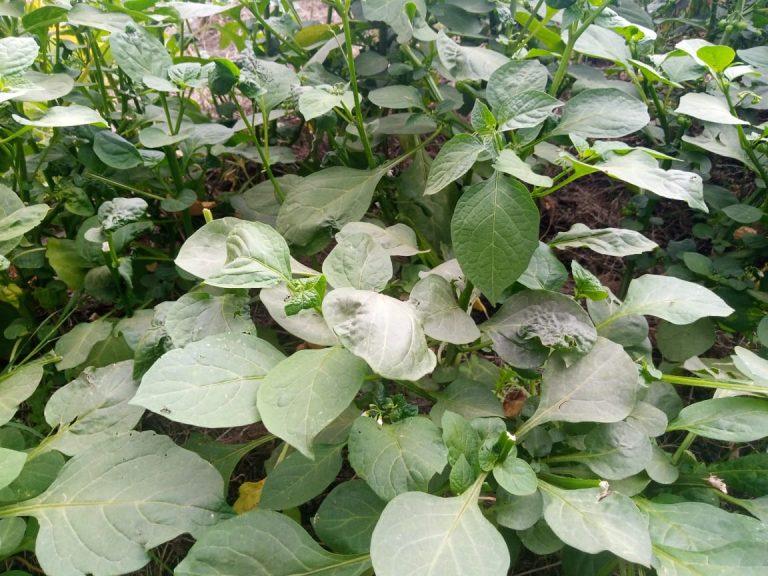Spring Onion Farming in Kenya
Spring onions (Allium fistulosum), also known as bunching onions, green onions, or scallions are onions that do not develop bulbs. The leaves of the green onions are consumed in salads and different dishes.
As a farmer, planting spring onions can be a good addition since they mature fast and can be intercropped with slow-growing vegetables.
Some varieties mature as early as 8 weeks after sowing, while others go up to 16 weeks. Intercropping with your vegetables or other crops will earn income before your main crop is ready for the market.
Varieties of spring onions in Kenya
White Lisbon spring(bunching) onion for Kenya Seed
White Lisbon scallion is a popular green onion seed that is sold in Kenya by Kenya Seed. Its popularity goes back as early as the 1700s. It adapts well in growing in a wide range of ecological zones, being tolerant of heat and cold. It can be sowed directly onto the field or started in a nursery.
Ecological Requirements for spring onions in Kenya
Spring onions can grow in a wide variety of areas, with any climate, since they can tolerate heat and cold.
Spring onions do well in draining loose soils with a pH of 6.3 to 6.8. They do well in full sun but can tolerate partial shade.
Yield Per Acre for spring onions
Under good management practices, spring onions can yield 17 tonnes per hectare (approximately 8 tonnes per acre).
Seed Rate for Spring Onions
The seed rate for spring onions per acre depends on the row spacing but with the standard spacing of 30 cm between rows, 5 kgs of spring onion seeds are needed.
Land Preparation for spring onions
You can choose to plant spring onions directly onto the farm or start them in a nursery. No thinning will be needed If you require pencil-thin scallions.
The field for plantain spring onions with rows that are 30 cm apart.
Nursery preparation for spring onions
Sowing spring onions first in a nursery for later transplanting enables them to get established well.
Prepare the nursery by doing a raised to be that is one metre wide and any length. Apply manure to the nursery bed at the rate of 15 kgs per square metre. You can apply phosphate fertilizer at the rate of 20 grams per square metre of nursery be. Make sure you mix the manure, fertilizer, and soil thoroughly.
Prepare furrows that are 2 cm deep and 5 cm apart on the nursery bed. Sow the seeds onto the furrows and loosely cover with soil. You can apply a thin layer of mulch over the nursery to prevent the seed from being washed out of the bed during irrigation.
After 10 days, your spring onion seeds will germinate. Remove the mulch and build a shade for young seedlings.
Transplanting spring onions
Your spring onions will be ready for transplanting after 6 weeks. They should have a pencil-thick stem at the base and be 15 centimetres tall. The seedlings should be hardened starting from 2 weeks before the date of transplanting.
Transplant your spring onion seedlings in the morning or evening, when the sun is not so hot. This protects the tender spring onion seedlings from being scorched by the sun. Plant the seeds in the already prepared rows (30 cm apart). The spacing for spring onions should be 8 cm with the rows. Make sure you water the field before and after transplanting.
Spring onions should be topdressed 4 weeks after transplanting. CAN fertilizer is applied at the rate of 9 kgs per acre.
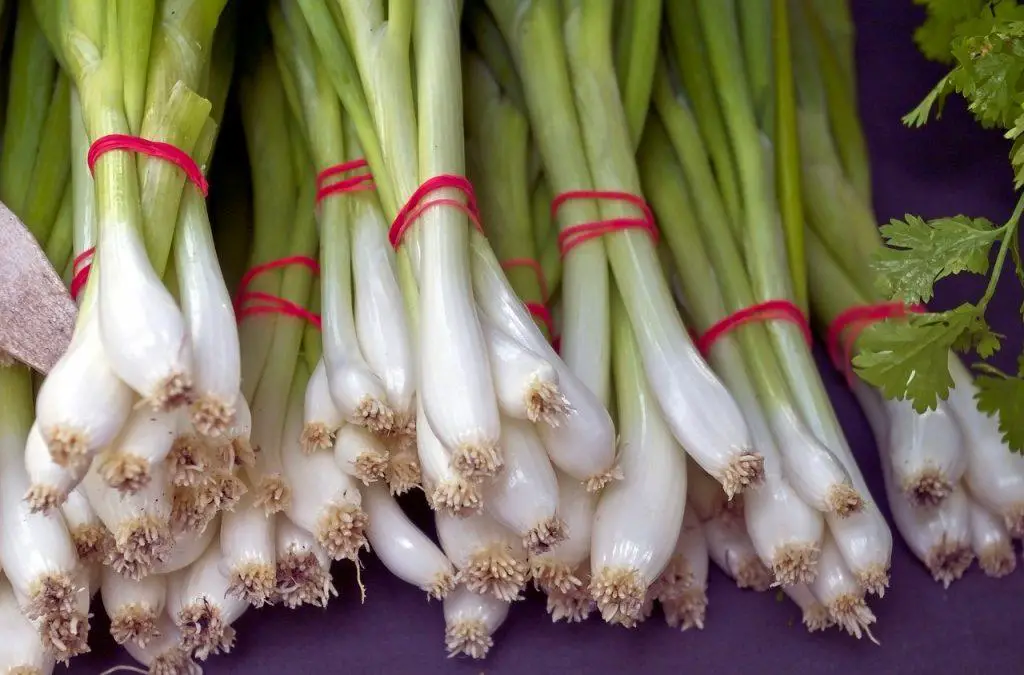
Harvesting Spring Onions
Spring onions are harvested when the leaves are succulent and what stems reach a diameter of 0.25 inches to 0.5 inches. Harvesting is done by uprooting the entire plant, cleaning, and tying them in bunches, ready to go to the market.
We will be updating this article to include:-
- Irrigation Requirements for spring onions
- Diseases affecting spring onions
- Pests affecting spring onions
- Weed Control for spring onions
- Intercropping spring onions
Please subscribe to our newsletter so as to get notified when we update.

